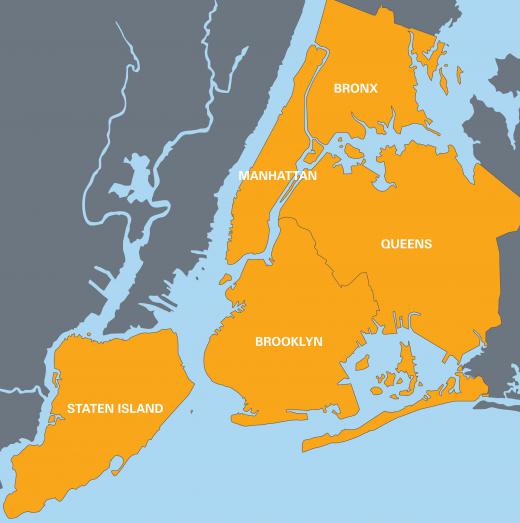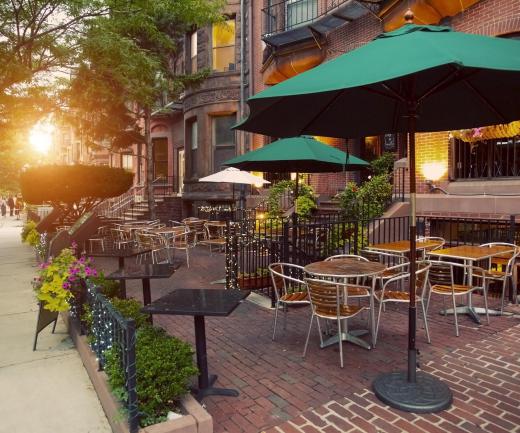Brownstone is a word used both to refer to a type of building material and structures built or sheathed in it. While it is most closely associated with the Eastern United States, this material was at one point used all over the world in construction, particularly in upper class regions. A distinctive architectural style using brownstone is very familiar to many residents of industrialized nations. Its popularity as a building material waned when builders began to realize that it weathered poorly, and that other materials might be more suitable.
The building material is a type of sandstone, which was heavily deposited in Massachusetts, Connecticut, and New Jersey during the late Triassic period. Deposits of brownstone formed in other parts of the world as well. The stone's unique reddish brown color comes from dissolved iron oxides in the rock. It proved relatively easy to quarry and carve, and became a popular building material in the 19th century.

New York and Boston both have a large number of brownstone homes that were built in the form of terrace or row houses with raised entrances. Harlem, Park Slope, and Brooklyn all have large numbers of such homes in varying condition. The stone can also be found in structures across the United States and in Europe, especially in large cities.
The brownstone quarries provided stable employment and income to the towns in which they were located. However, the ease with which the stone could be quarried turned out to be an indicator of its strength in general. The ornate carvings and ornamentation that characterize much 19th century building quickly wore away when they were carved into brownstone, which is a soft, crumbly material unlike marble or granite. The stone also had a potential for failing when it was used as a vital construction component.

As a result, builders turned to stronger, more versatile materials for construction. A reddish brown granite that is very similar to the stone is now used to repair older brownstone houses or build new structures that are designed to mimic them. Although it is no longer popular in new homes, extant examples of brownstone can be seen in many places. Especially on the East Coast of the United States, landlords tend to be proud of homes built with this material, ensuring that examples of 19th century architecture in brownstone will be around in the future for people to look at. In some cities, tour guides will take visitors on walking trips of the city to visit neighborhoods filled with these stately old homes.
Ever since she began contributing to the site several years ago, Mary has embraced the exciting challenge of being a About Mechanics researcher and writer. Mary has a liberal arts degree from Goddard College and spends her free time reading, cooking, and exploring the great outdoors.

